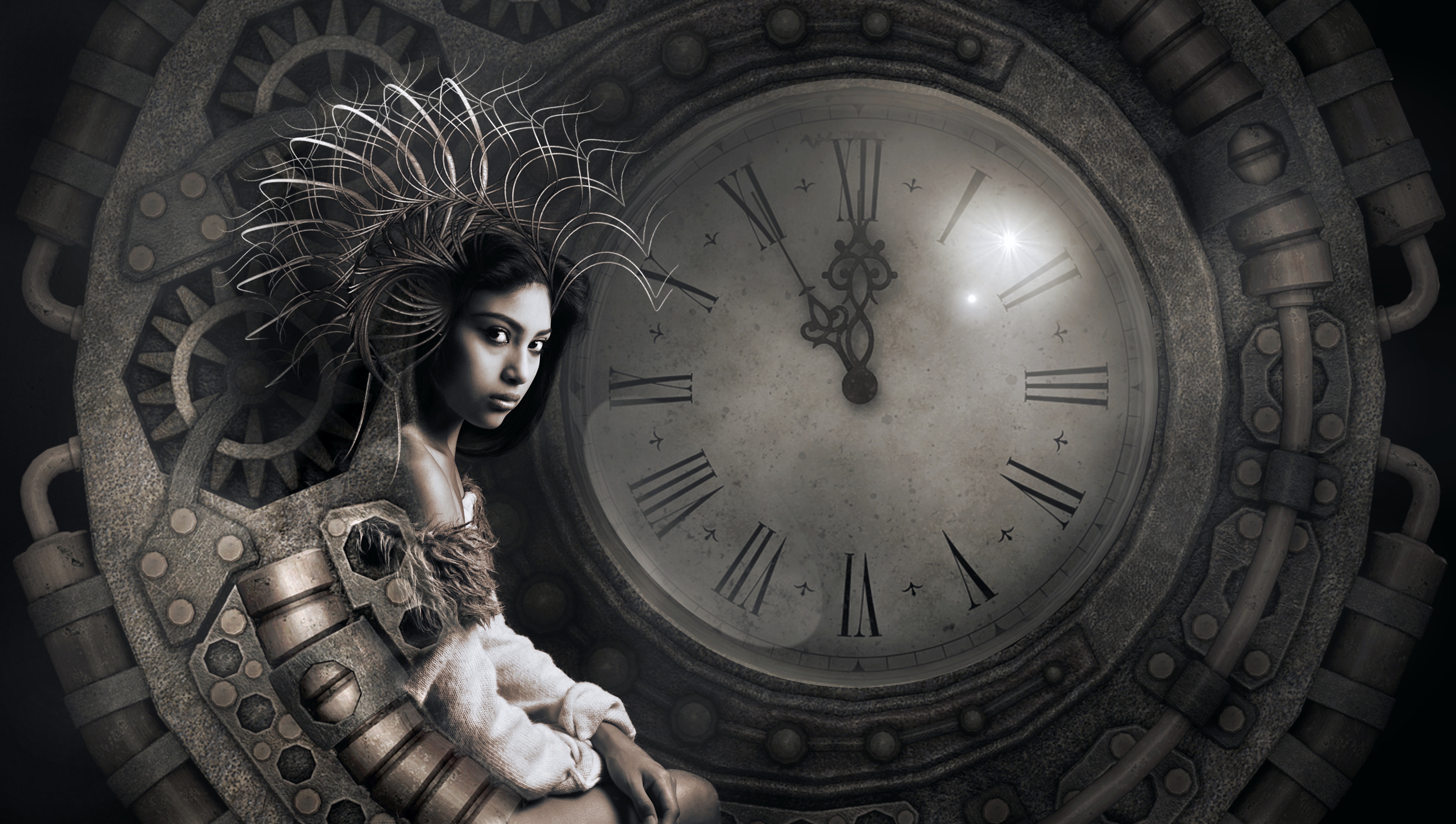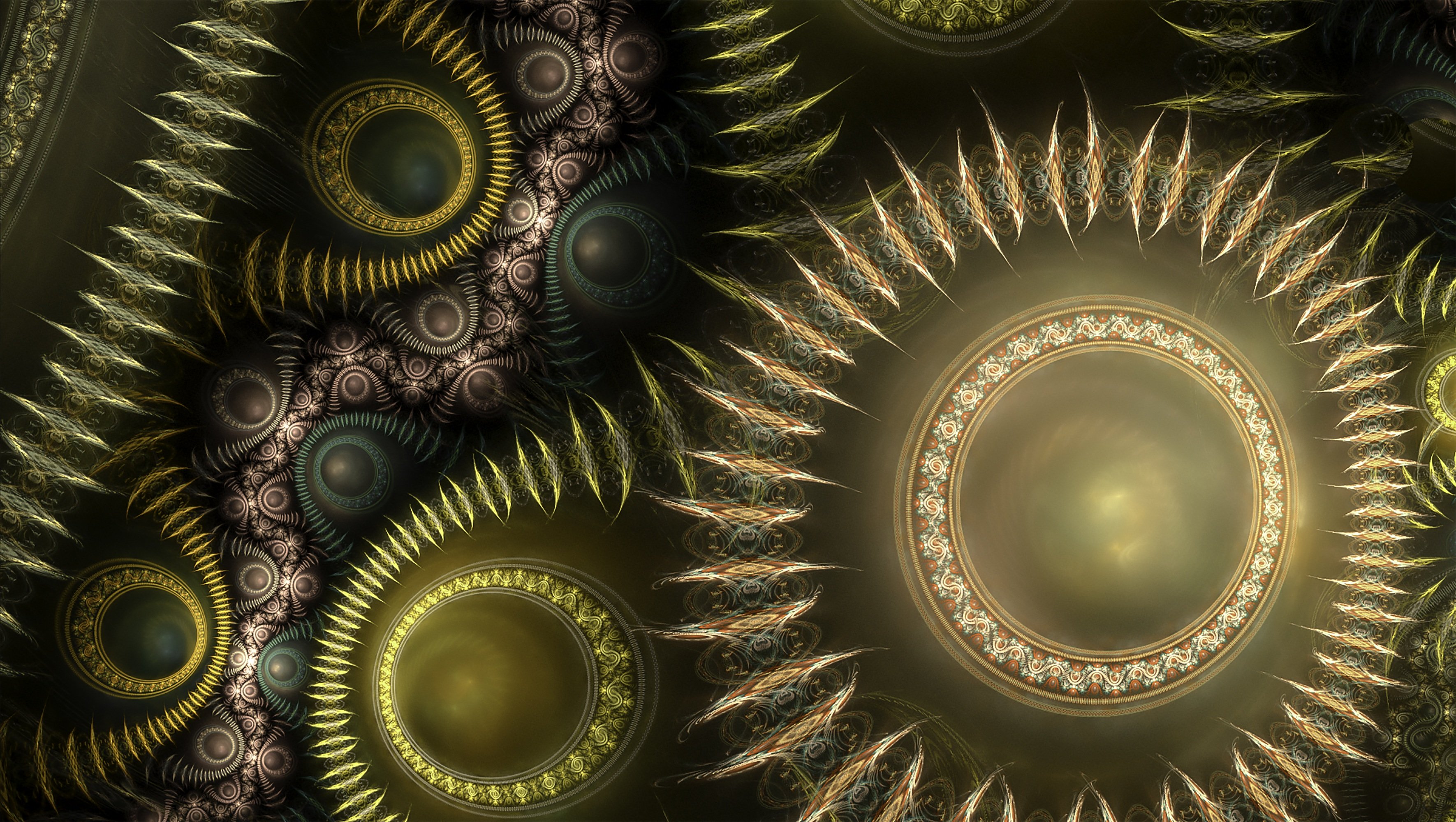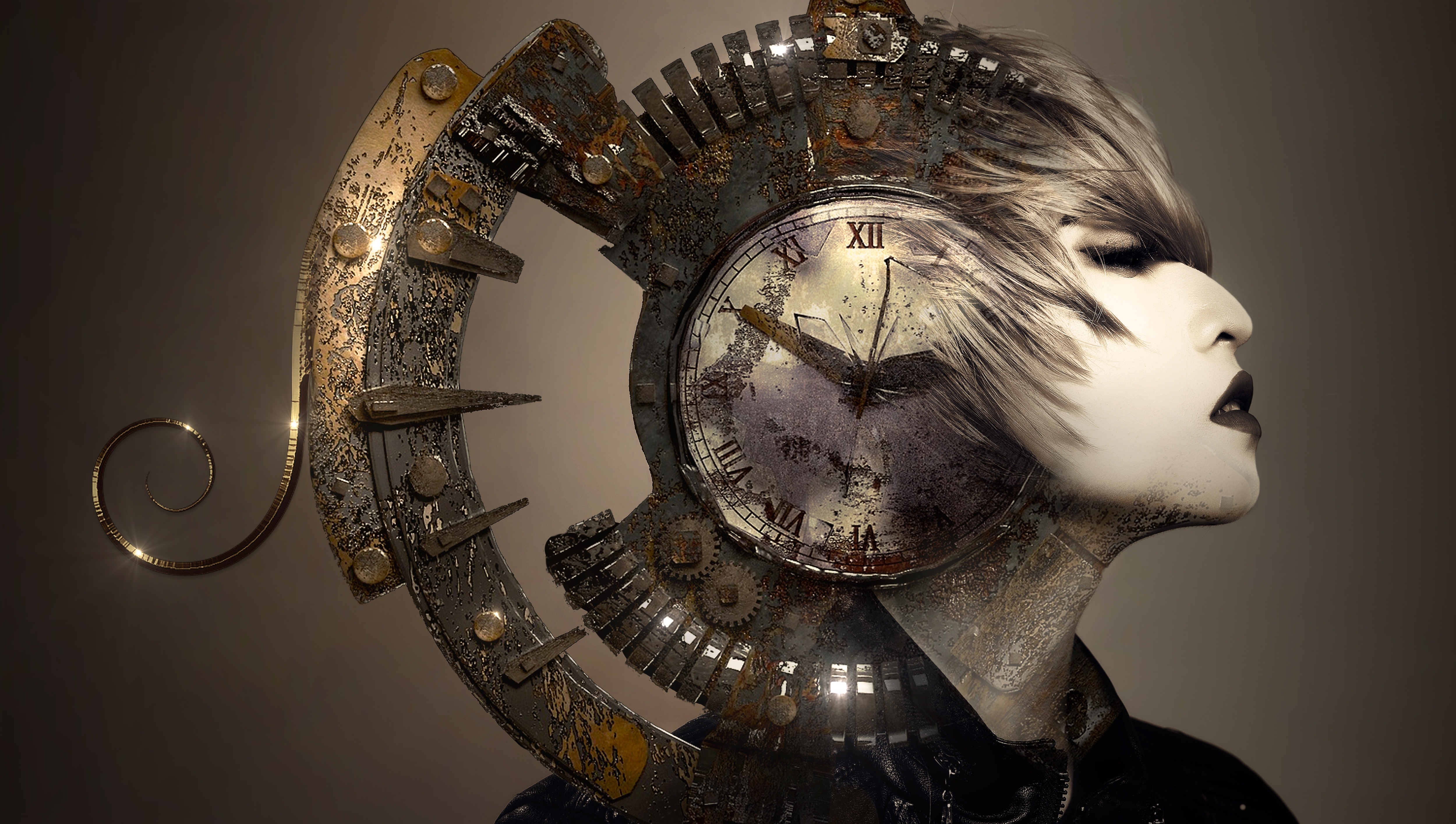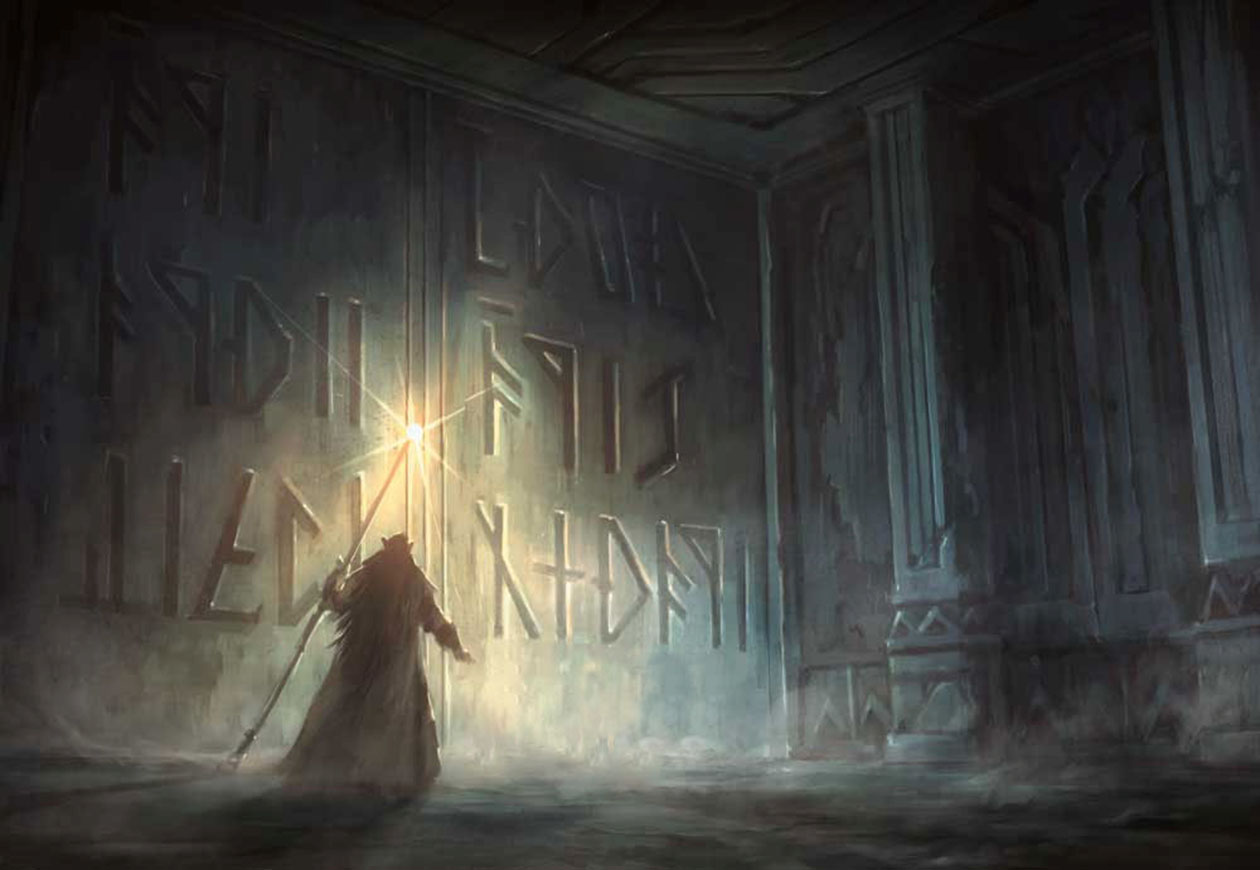
DRAGON HEIST – SESSION 21
February 21st, 2020With my recent announcement that my Dragon Heist campaign had come to an end, I’ve had a number of people, including several of my patrons, ask me for a retrospective or post mortem of my experiences. This campaign journal describing the last session of the campaign will be the first installment of that retrospective, with additional discussions to follow.
As noted above, this was Session 21 of the campaign. We primarily ran the campaign in weekend intensives, starting with a session on Friday night and then continuing with day-long sessions on Saturday and Sunday. In the back half of the campaign our Sunday sessions were shortened due to one of the players joining a roller derby league. There was also one month that we missed entirely and another where we were only able to play a single session. In the end, and entirely by coincidence, we ended the campaign exactly one year to the day from our first session.
If you’re looking for the rest of the campaign journals… Unfortunately, they don’t exist. Nor are they likely to exist barring someone deciding to single-handedly sponsor them at great expense or a general outcry of demand from a significant number of my patrons. These journals are not particularly onerous to produce, but they are relatively time-consuming. I think you’ll find that sufficient context has been given here to understand what’s happening and to be entertained by the group’s escapades. If you would like to peek at a few other major events in the campaign, I have written about it previously in two Running the Campaign columns: A Party at Shipwright’s House and The Manshoon Heists.
WHAT’S COME BEFORE
- The Trollskulls have adopted three orphans — Nat, Squiddly, and Jenks — and have recently arranged for their education: All are to be tutored on alternating afternoons by Firedrop (a pixie philosopher) and Nalolir (a podrikev; a dwarven construct with the brain and spinal column of a kobold who escaped from Undermountain a hunded years ago).
- Jenks has been apprenticed to Amara, a baker who only recently left her own apprenticeship when the Trollskulls helped set up a new bakery in what was previously Frewn’s Brews (a competing tavern in Trollskull Alley that the Trollskulls rode out of town on a rail… although, to be fair, Frewn had hired the Shard Shunner wererat gang to attempt to ruin Trollskull Manor).
- Squiddly had been apprenticed to Master Kennadr of the Fellowship of Bowyers and Fletchers. He wanted to one day become an archer, but he would begin by learning the tools of his would-be craft.
- Nat, who could speak only through sign language, had been apprenticed to Ethlando, an elven scholar who had once been a magi, but was cursed with having his magic stripped from him.
- Squiddly and Nat would attend their apprenticeships in the mornings before coming home to be tutored with Jenks. Jenks, however, now slept late after working at the bakery with Amara overnight.
- The Trollskulls have obtained the Stone of Golorr and two of its eyes. Having briefly allied with the Gralhunds, they eventually decided their true allegiance was to the city and they informed Vajra (who had made them members of Force Grey) of all that they knew. Vajra interceded with the Gralhunds, impounded the nimblewright where they were keeping the Stone of Golorr hidden, and then turned the Stone over to the PCs. (Vajra herself, along with Renaer Neverember, are preoccupied trying to rapidly build an airtight, post facto case against Victoro Cassalanter, who the Trollskulls arrested under somewhat unorthodox circumstances, for being an Asmodean cultist.) The Trollskulls then managed to convince the Gralhunds that it couldn’t have been Vajra and must have been Jarlaxle in disguise who stole their nimblewright (and the Stone within)!
- The Trollskulls also know that the notorious crime lord Xanathar has the third eye of the Stone of Golorr. They have befriended Ott Steeltoes, Xanathar’s majordomo, and learned that the one thing Xanathar prizes more than anything else in the world is a goldfish named Sylgar. Ott must routinely replace the goldfish whenever it dies. They also learned (and did business with) the fish dealer Ott gets his Sylgars from. They know that tomorrow night — on the 5th of Tarsakh — Xanathar will be holding a gladiatorial contest in his headquarters as part of the Goldennight festival celebrations, and they have been given a teleportal key for Xanathar’s teleporter totems that will allow them to access his lair when the time comes…
RETURN TO THE CITY OF THE DEAD
It was mid-afternoon on the 4th of Tarsakh. Edana was waiting at Trollskull Manor for the others to return from their various errands. Embric stopped by to deliver — in an elegant, velvet-lined box — the flasks he and Avi had modified to bear the tavern’s sigil:
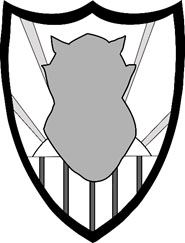
These were the (many) flasks that Edana had taken from Osco Salibuck during their raid on the Cassalanter Villa, and she thought they would make lovely, mismatched mementoes for the Trollskulls. As the others returned and gathered in their upstairs sitting room, she pulled them out to much admiration.
The kids came running out of their room, their afternoon tutoring complete. “Where are you going?” Edana asked.
“Swordfighting!” Squiddly called back.
“With wooden swords, right?”
“Yes!”
“If I hear metal, you’re in trouble!”
“Okay, mom!”
The kids were gone. Kittisoth couldn’t contain her glee. They’d called Edana mom! For the first time!
After a brief discussion, they confirmed their intention to hit Xanathar’s lair the next night, taking advantage of the confusion around the Goldennight fights. In the meantime, Pashar had a hunch 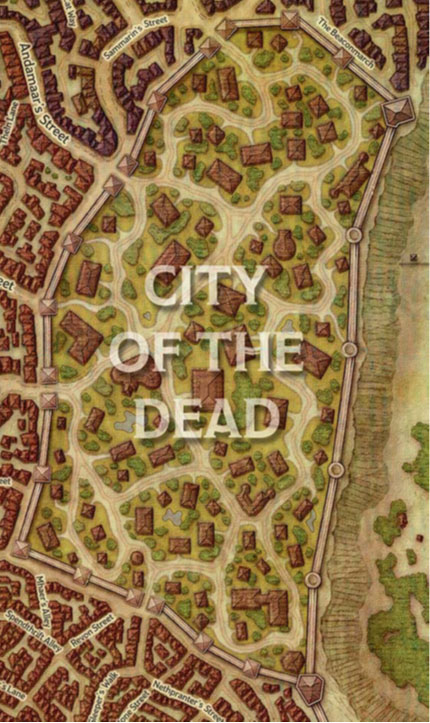 they wanted to follow up on: In their original attempts to figure out why the Zhentarim had been interested in Renaer’s mourning locket for his mother, they had visited the Brandath Crypts with him several weeks earlier. Now they suspected that they might have missed something. They knew that Lord Dagult had hidden his gold somewhere, they knew that he had done significant construction to build his wife’s crypt, and they knew that he had hidden one of the Golorr eyes in his son’s mourning locket. Why? What was the connection?
they wanted to follow up on: In their original attempts to figure out why the Zhentarim had been interested in Renaer’s mourning locket for his mother, they had visited the Brandath Crypts with him several weeks earlier. Now they suspected that they might have missed something. They knew that Lord Dagult had hidden his gold somewhere, they knew that he had done significant construction to build his wife’s crypt, and they knew that he had hidden one of the Golorr eyes in his son’s mourning locket. Why? What was the connection?
Passing through the gardened paths of the City of the Dead, they saw any number of picnickers and the like near the north gates. A gaggle of children ran past flying kites. Further south, they were passed themselves by a procession of self-flagellant priests of Ilmater, seeking to bless the burial grounds.
The Brandath Crypts hoved into view. Outside the front gate of the crypts they saw the tall form of the treant Pal’ithil’drassar. Theren, who had actually visited him a few times since their first visit here, greeted him as a friend and they chatted amiably for a while before passing into the crypts themselves.
They passed the grand tombs of porphyry and marble and instead twisted their way into the older tombs, making their way to where Lady Alethea had been interred.
Lady Alethea’s sarcophagus, in the center of the chamber, was clearly newer than the rest of the crypt. A bouquet of wilted roses — left by Renaer when last they’d been here, or perhaps replaced since then — lay atop the sarcophagus. Looking up, Edana saw that the ceiling was covered with a faded and chipped tempura portrait of a nobleman identified, by a painted banner beneath the figure, as LORD ANRI BRANDATH. Fresh script around the perimeter of this portrait read, in four languages, “The beauty of our age, in death, is watched over by the spirits of her ancestors.”
It was clear to Kora that there were three different ages of construction: The crypt itself was the oldest. At some later date, but still quite a long time ago, the painting of Lord Anri had been added to the ceiling above. And then, quite recently, Lady Alethea’s sarcophagus and the new script had been added. (Most likely at the same time, Lord Anri’s remains — which they had previously seen in a cheap, new tomb on the far side of the Brandath Crypts – had been moved.) Kora also noticed that Lord Anri’s portrait depicted him with an alexandrite-tipped pin and holding a distinctive dwarven compass in his left hand, both of which were symbols of the Maroon Brotherhood, an obscure fraternal order that had once been active in Waterdeep but no longer existed.
Kora pulled out her wand of secrets. Standing next to the sarcophagus in the center of the room, she uttered the command word. The wand instantly jerked her hand towards the southern wall. “There,” she said.
Edana closely inspected the wall there. She found four false stones. Pushing them in, she heard bolts retracting and was then able to push open the wall, revealing a staircase heading down. Sconces for torches were placed on the walls, but there were no torches in them. The air was dry. There was a thick coating of dust, but a large amount of fairly recent traffic had disturbed it up and down the stairs.
On the top step, Edana noted scorch marks. “There was a trap here,” she said. “But someone triggered it.”
Pashar stepped closer and looked over her shoulder. “Looks like the remains of a glyph of warding.”
“That’s trouble,” Kora said. “Did someone beat us here?”
Watched over by Lady Alethea’s sarcophagus, they waited for Pashar and Kora to ritually cast comprehend languages and detect magic, respectively. (Kitti couldn’t shake the feeling that Lady Alethea was judging her relationship with Renear. “Whatever. I’m awesome.”) When the rites were done, Edana led the way down the stairs.
At the bottom, they found a twisted passage lined with niches containing ancient sarcophagi, their once-sharp features worn away into featureless lumps be immeasurable age. Coming to a corner, Edana noticed that one of the sconces had been ripped out of the wall. It was laying in the middle of the floor. The hall continued for some little distance, but then ended in a complete collapse of earth and stone.
Edana frowned. She reached down to her belt and opened her bag of holding. A small skull with jewels for eyes came flying out of it. “Mortaunto!” it cried.
Mortaunto swooped over to the broken sconce lying on the ground and telekinetically floated it into the air. “This is fascinating!” He darted back and forth examining it from every angle. “Hmm…”
“Mortaunto,” Edana asked, “do you see this collapse? From your vantage point, can you see a way through it?”
“Yes! Of course!” Mortaunto cried. “Here!” He telekinetically moved the sconce over to the mouth of Edana’s bag and jiggled it suggestively. Edana complied, opening the bag and allowing him to add the sconce to his collection within.
“Mortaunto!” Mortaunto cried and flew down the hallway… and straight through the wall.
“Oh shit,” Edana said.
Mortaunto flew back out of the wall. “It appears to be… an illusion!”
Kitti clapped. “Mortaunto! You’re so good! I love you so much!”
Edana opened her bag and Mortaunto zipped back in to continue his inspection and adoration of his new treasure. Then she led the others to the illusion. Taking a deep breath, she stepped through.
Beyond the illusion there was an archway filled with a heavy door of steel. The keystone of the arch was decorated to appear like a mountain with a purple alexandrite gemstone in the middle of it (Kora recognized this as a depiction of the dwarven god Dumathoin’s holy symbol). The voussoir around the perimeter of the arch had been carved with more symbols of the Maroon Brotherhood in alternation with dwarven runes: A dwarven compass, a serpent’s forked tongue, a scarabraeus, a brain with two tentacles (this was Ilsensine’s holy symbol, god of the illithid), and a broken arrow (holy symbol of Laduguer, god of the dark dwarves).
“This is strange,” Kora said. She couldn’t imagine what connection there would be between these three very disparate gods.
The door was obviously of much more recent construction than the arch, and its installation had actually damaged some of the ancient symbols in the arch. Edana knelt down and took a close look at the lock. “This is like a bank vault, but I’ll se what I can do.”
A few minutes into her efforts, however, she tripped something. Some sort of magical effect.
“What did it do?” Kittisoth asked.
“I’m not sure,” Edana said.
“Probably an alarm,” Kora said.
Edana sighed in frustration. “This is going to take awhile. The sun will have probably set before I can get this door open.”
They briefly discussed their options. In the end, Pashar sent Darkimedes — his familiar — to fly back to Trollskull and let Lif know that they wouldn’t be coming back tonight. Pashar would also be able to create a magical tiny hut for them to respite in, rather than venturing out into the unknown dangers of the City of the Dead at night.
And so, while the others retreated to Lady Alethea’s tomb to relax, Edana redoubled her focus on cracking the complicated lock. It took her nearly two hours, but she eventually felt the last of the interlocked tumblers release and the door swung open.
BENEATH THE CRYPT
Calling out to the others, she stood up and looked down the long, sloping hallway beyond. The others quickly gathered their things and joined her, and then they proceeded down the hallway together.
About fifteen feet past the door, the construction of the stone changed. “This lower portion is dwarven construction,” Edana said, noting the smooth, almost ageless carving. Another fifty feet down they began encountering dwarven graffiti that soon covered both walls — and even the ceiling — in a palimpsest of what turned out to be secrets. Pashar was fascinated, studying the mostly banal confessions and noting down many of them: My beard quivers for Lorlai of the stonecutters. I tasted pixy dust in the third hall. I use rotgrub paste to dye my beard. And so forth.
This continued for several hundred feet before the passage emptied out into a vaulted chamber twenty feet wide and twenty feet high. It seemed to resonate with a silent stillness, suggestive of its great age. The far wall of the chamber was dominated by a massive pair of adamantine doors bearing dwarvish runes taller than a grown man. “All that lies within belongs to the Silent Keeper.”
In the center of the floor there was a bronze bas relief of a stylized sun, six feet across. A Chondathan inscription had been carved into the floor in a circle around the bas relief. They read, “Know ye the hidden truth,” repeated three times.
“There’s magic here,” Kora said. “Ancient abjurations.”
“Placed here by Lord Dagult?” Edana asked.
“Older than that,” Kora said. “Much older.” She set to work studying the abjurations. Some great magical rite of warding linked the adamantine doors to bas relief sun on the floor. Their power was immense. “It requires some sort of rite or passphrase to open the doors. And it would take a wish to bypass these protections.”
Theoretically the Blackstaff or perhaps Laeral would be able to provide such a conjuration, but the cost would be step and probably not to be borne as long as another option remained.
“This must have been what Lord Dagult used the Stone to hide,” Edana said. “The passphrase for entering the vault.”
“So if we get the third eye, we’ll be able to use the Stone to learn the passphrase?” Theren asked. “And then use the passphrase to open the doors?”
“Maybe,” Edana said. “We don’t really understand exactly what the Stone does or how it does it.”
For the moment, at least, it seemed that they had reached an impasse. They went back up the long hall and Pashar evoked his tiny hut. He decided that it should be maroon, in honor of the Brotherhood whose signs they had found here, and they settled in for a secure night’s sleep.

